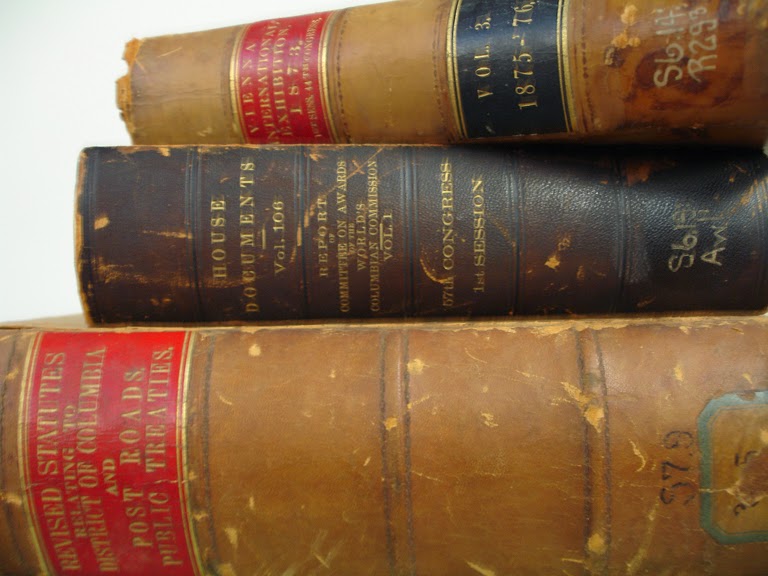The Cultural Property Implementation Act Covers Ancient Coins
 The Convention on Cultural Property Implementation Act (CPIA) classifies designated ancient coin artifacts as archaeological material.
The Convention on Cultural Property Implementation Act (CPIA) classifies designated ancient coin artifacts as archaeological material. That ancient coins serve as evidentiary sources of the past makes perfect sense. Ancient coins that have been scientifically excavated, observed, and documented in their original context can absolutely date ancient sites of human activity, tell archaeologists about the available currencies that circulated during different time periods, and offer material evidence about the societies that used these artifacts. As a result, ancient coins are significant cultural objects..
The Fourth Circuit Court of Appeals agrees. In the case of Ancient Coin Collectors Guild v. U.S. Customs and Border Protection et al., the court acknowledged that “[c]oins are portable objects,” but added, “that is not the whole story.” In a unanimous ruling the judges wrote, “The often worn and mysterious beauty of ancient coins renders them invaluable cultural artifacts, helpful not only in dating archaeological finds but in revealing how distant civilizations once conducted their civic and commercial life.”
Tearing artifacts from the ground without concern for their evidentiary value and without regard for the archaeological sites from which they were stripped irreparably destroys critical evidence of the past. That is why there are strong legal, political, and social efforts to stop looters from engaging in this malicious activity.
The CPIA defines “cultural property” as “articles described in article 1(a) through (k) of the [1970 UNESCO] Convention whether or not any such article is specifically designated as such by any State Party for the purposes of such article.” 19 U.S.C. § 2601(6).
Turning to Article 1 of the 1970 UNESCO Convention on the Means of Prohibiting and Preventing the Illicit Import, Export and Transfer of Ownership of Cultural Property shows that “cultural property” includes ancient coins, which are “(c) products of archaeological excavations (including regular and clandestine) or of archaeological discoveries; [and] … (e) antiquities more than one hundred years old, such as inscriptions, coins and engraved seals[.]” (Emphasis added).
which was first discovered within, and is subject to export control by, the State Party. For purposes of this paragraph—(i) no object may be considered to be an object of archaeological interest unless such object—(I) is of cultural significance; (II) is at least two hundred and fifty years old; and (III) was normally discovered as a result of scientific excavation, clandestine or accidental digging, or exploration on land or under water[.]
In those cases, the [CPIA] statute expressly provides that CBP may seize the articles at the border: ‘If the [importer] of any designated archaeological or ethnological material is unable to present to the customs officer” the required documentation, the “officer concerned shall refuse to release the material from customs custody … until such documentation or evidence is filed with such officer.’ 19 U.S.C. § 2606(b). In short, CBP need not demonstrate that the articles are restricted; rather, the statute “expressly places the burden on importers to prove that they are importable.”

